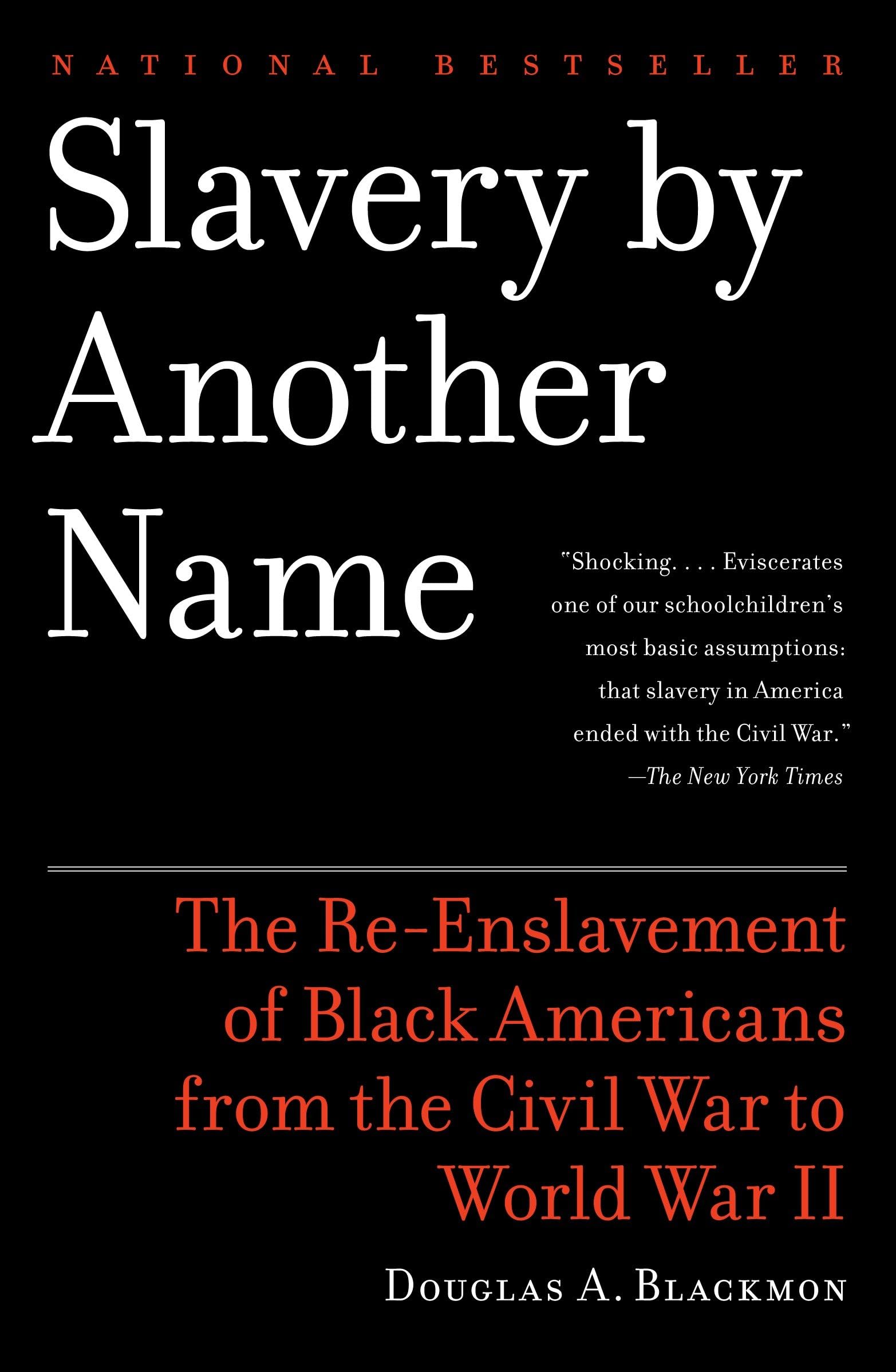معلومات عنا
حقوق الطبع والنشر © 2024 Desertcart Holdings Limited
Desert Online General Trading LLC
Dubai, United Arab Emirates


Slavery by Another Name: The Re-Enslavement of Black Americans from the Civil War to World War II

ترست بايلوت
منذ شهرين
منذ أسبوعين